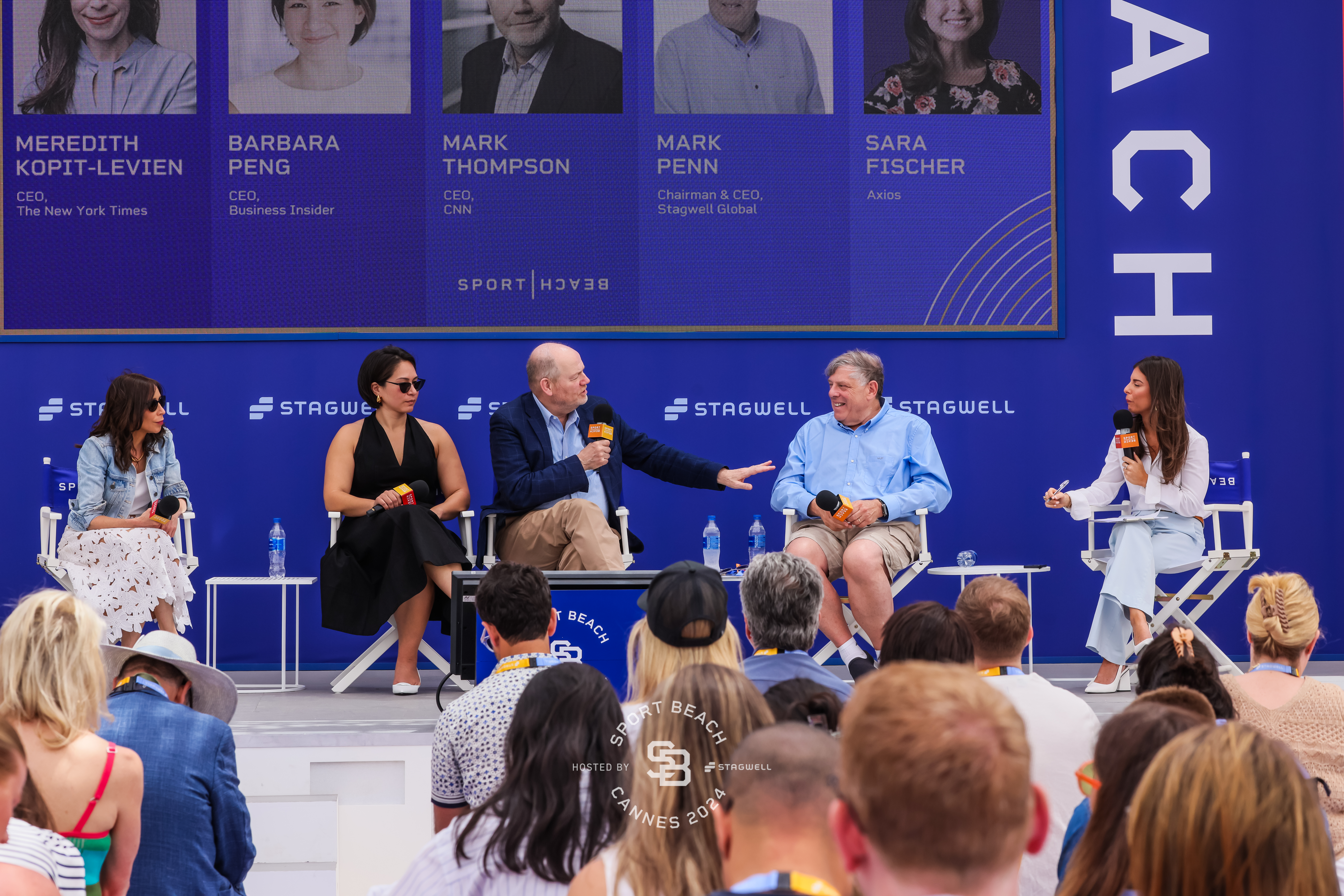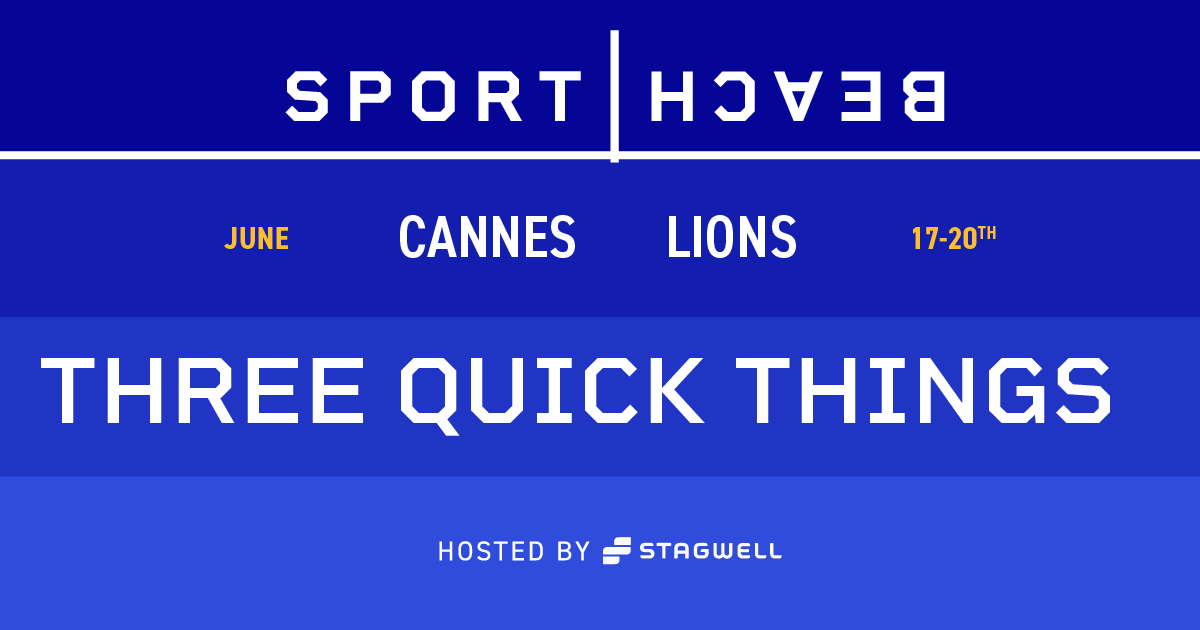CONTACT
hello@stagwellglobal.com
SIGN UP FOR OUR INSIGHTS BLASTS
Major M&A moves are underway in the gaming space. Microsoft’s acquisition of Activision and Sony’s of Bungie will have repercussions for how brands and advertisers approach the gaming industry, the most lucrative entertainment sector, set to grow from $173B in 2021 to $223B in 2022.
The TL;DR?
Streaming wars? More like gaming wars. Content is king and the platforms with the most enticing portfolio will win the market.
DTC distribution is not just for DTC brands. Cloud gaming is diversifying the strategies brands can use to get the right content in consumers’ hands.
Metaverse on the mind? The capital “M’ is driving recent consolidation but the jury’s out on how deeply gaming brands will dig into Web 3.
By Collin Leirvik, SVP, Head of Gaming, National Research Group
These recent acquisitions signal a similar trend to what we’ve seen across other forms of media: technology (i.e., cloud) provides new methods for brands to diversify their direct-to-consumer distribution strategies. Tethering content to specific hardware devices may still make the best business sense in gaming (for the moment) but is increasingly less essential from a technological standpoint.
In practice, this changes the equation for gaming brands – the goal goes from selling copies of a game or units of hardware to competing to develop complete, desirable, consumer-centric ecosystems that include both content and innovation in direct-to-consumer distribution.
As we’ve seen in the streaming wars most recently, content is king. The platforms that offer the most enticing overall portfolio of content are winning market share. The same is true in gaming: the totality of experiences a gaming brand provides have and likely will continue to form the basis of their brand equity with consumers.
It’s hard to justify limiting the audience of a game that costs hundreds of millions of dollars to develop by tying it to a single platform/install base. It is yet to be seen how these recent acquisitions will be leveraged in terms of content exclusivity, but these trends in the transformation of distribution are clearly a major factor justifying recent acquisitions.
Due to these dynamics, acquiring studios has always been a growth strategy for gaming brands. However, factors in content development somewhat unique to the industry – especially long development lead times, expense, and risk – have held consolidation in check. It’s hard to justify limiting the audience of a game that costs hundreds of millions of dollars to develop by tying it to a single platform/install base. It is yet to be seen how these recent acquisitions will be leveraged in terms of content exclusivity, but these trends in the transformation of distribution are clearly a major factor justifying recent acquisitions.
The metaverse – and its role in allowing gaming brands to drive greater depth of experience and touchpoints with players with their tentpole franchises – is another driver behind recent content consolidation. The gaming industry has long been a leading force in creating dynamic, online social platforms – the core of what many associate with the recently popularized “metaverse” term. The extent to which brands will also be bullish on blockchain, NFTs, and other emergent innovations woven into to the metaverse and Web 3.0 is yet to be seen. But there are signs that many brands are ready to start experimenting.
Related
Articles
Marketing Frontiers, Thought Leadership
Jul 26, 2024
Game On for In-Game Advertising? Four Things Marketers Should Know About Gaming
It's clear from dozens of Stagwell’s interviews with senior marketers…
Thought Leadership
Jun 28, 2024
Hitting the Mark: Future of News Takeaways from Cannes Lions
Stagwell brought the Future of News to Cannes Lions, where…
Thought Leadership
Jun 26, 2024
Technology, Entertainment, and Renaissance Entrepreneurs: Three Quick Things from Cannes Lions 2024
From hidden consumer forces reshaping business strategies, to sports’ role…
